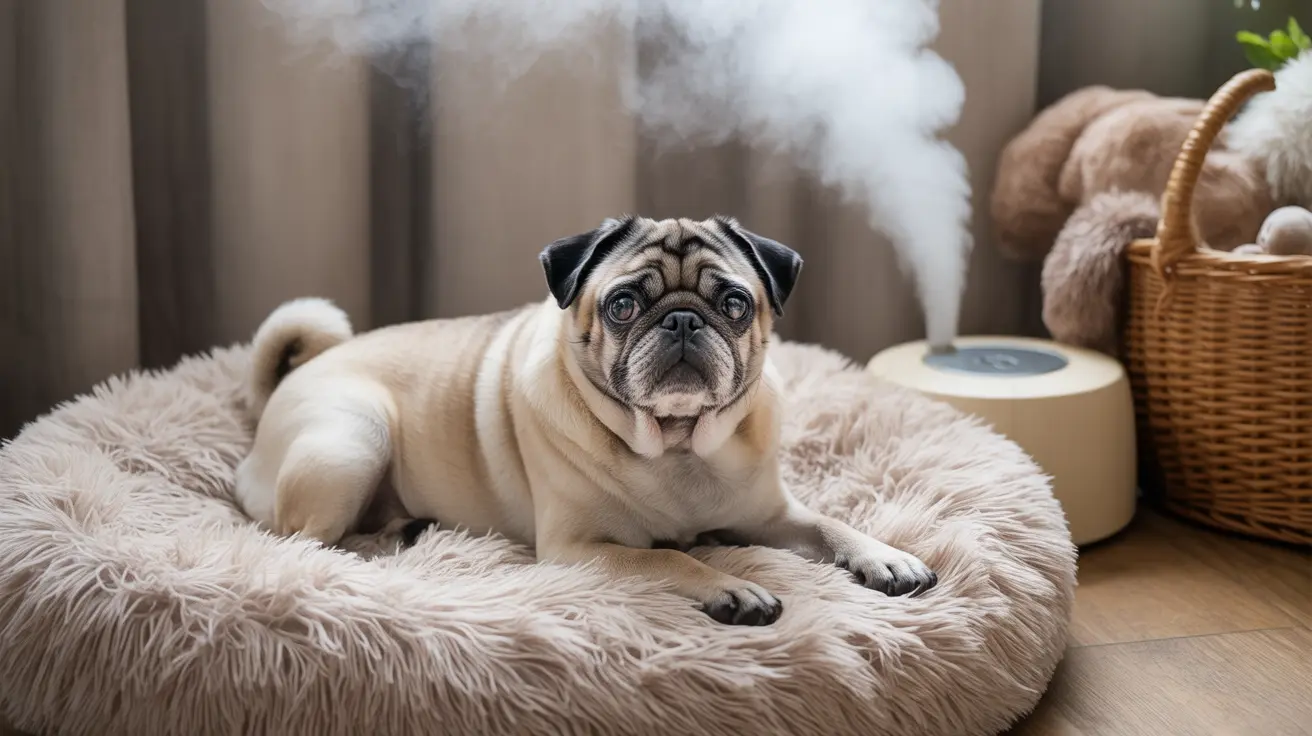The Classic Weimaraner Color Spectrum
The most recognizable and widely accepted Weimaraner color is silver-gray, which can range from light mouse-gray to deeper deer-gray tones. This signature appearance, combined with the breed's striking amber or blue-gray eyes, creates the distinctive look that has made Weimaraners famous worldwide.
The American Kennel Club (AKC) officially recognizes various shades of gray, including:
- Mouse-gray
- Silver-gray
- Deer-gray
Understanding Gray Variations
Each shade of gray in Weimaraners results from specific genetic combinations affecting pigment dilution. The classic silver-gray appearance comes from a particular interaction between color genes that dilute the base coat color to create the breed's characteristic look.
The Blue Weimaraner Controversy
Blue Weimaraners exhibit a darker, charcoal-like coat color that results from a different genetic makeup than their silver-gray counterparts. While the United Kennel Club (UKC) accepts blue Weimaraners, the AKC does not recognize this color variation for show purposes.
Genetics Behind Blue Coloration
The blue color occurs when a dog inherits specific combinations of the B and D locus genes. This creates a diluted black appearance that manifests as a blue-gray or charcoal shade, distinct from the classic silver-gray.
Rare and Non-Standard Colors
While less common, other Weimaraner colors do exist, including:
- Brown or liver coats
- Black (extremely rare)
- White markings (usually minimal)
These variations are generally not accepted in show rings and may indicate mixed breeding or rare genetic expressions. Responsible breeders typically focus on maintaining the classic gray colorations that define the breed standard.
Color Impact on Health and Temperament
Unlike some dog breeds where coat color can be linked to health issues, Weimaraner coat color generally doesn't affect the dog's health or personality. However, responsible breeders still monitor for any potential correlations between color genetics and other inherited traits.
Frequently Asked Questions
What are the official Weimaraner coat colors recognized by major kennel clubs like the AKC?
The AKC officially recognizes various shades of gray, including mouse-gray, silver-gray, and deer-gray. White markings are permitted but should be minimal, typically only on the chest and toes.
How do genetics determine the different shades of Weimaraner colors such as silver-gray and blue?
Weimaraner colors are determined by interactions between the B locus (controlling brown vs. black) and D locus (controlling dilution). Silver-gray results from a specific combination of recessive genes, while blue coloring requires at least one dominant B allele.
Can a Weimaraner have a blue or brown coat, and are these colors accepted in dog shows?
While blue and brown Weimaraners exist, the AKC does not accept these colors for show purposes. The UKC does accept blue Weimaraners, but brown remains non-standard across most registries.
What are the common variations and markings allowed on a Weimaraner's coat according to breed standards?
Breed standards allow for various gray shades and minimal white markings on the chest and toes. Large white patches, brindle patterns, or significant markings are considered faults.
Does coat color in Weimaraners affect their health or temperament in any way?
No scientific evidence suggests that coat color affects a Weimaraner's health or temperament. All color variations can exhibit the breed's characteristic intelligence, energy, and hunting instincts.
Conclusion
While Weimaraners come in several colors, their classic silver-gray remains the most recognized and celebrated. Understanding these color variations helps appreciate the breed's genetic complexity while ensuring informed decisions about breeding and ownership. Whether you prefer the traditional gray ghost or are intrigued by rarer variations, every Weimaraner's beauty goes far beyond its coat color.





